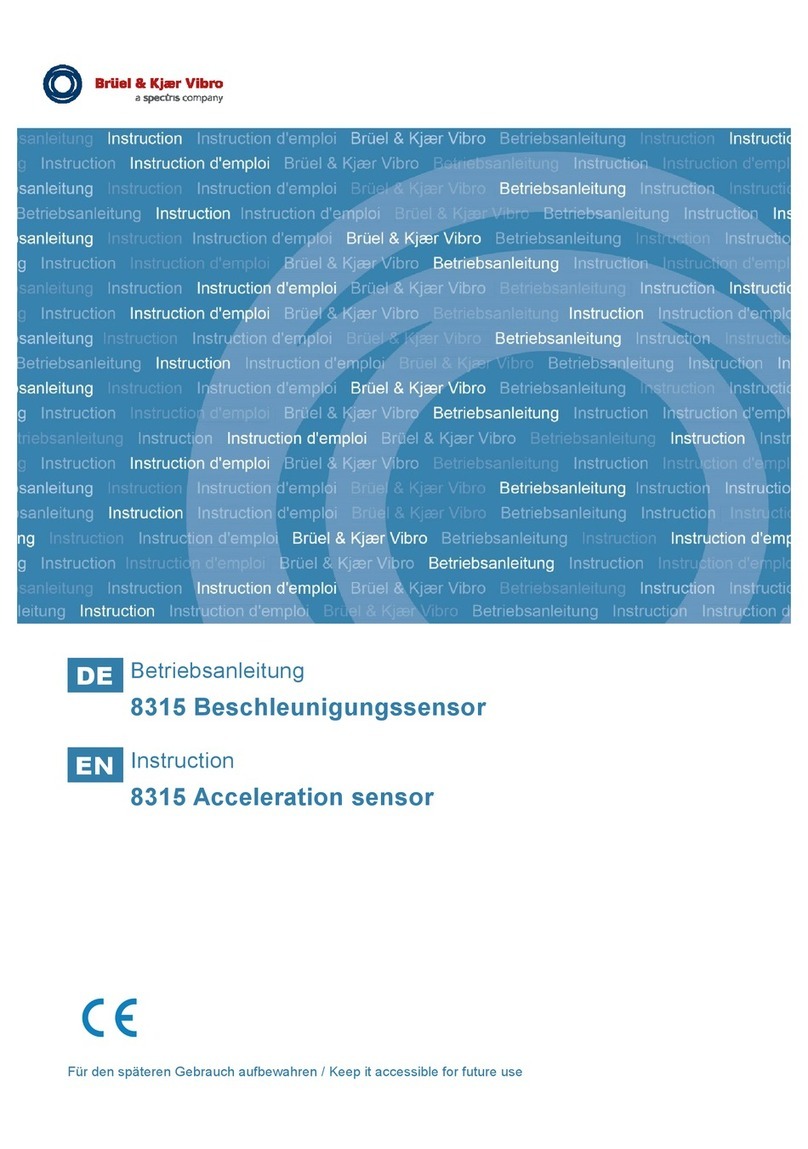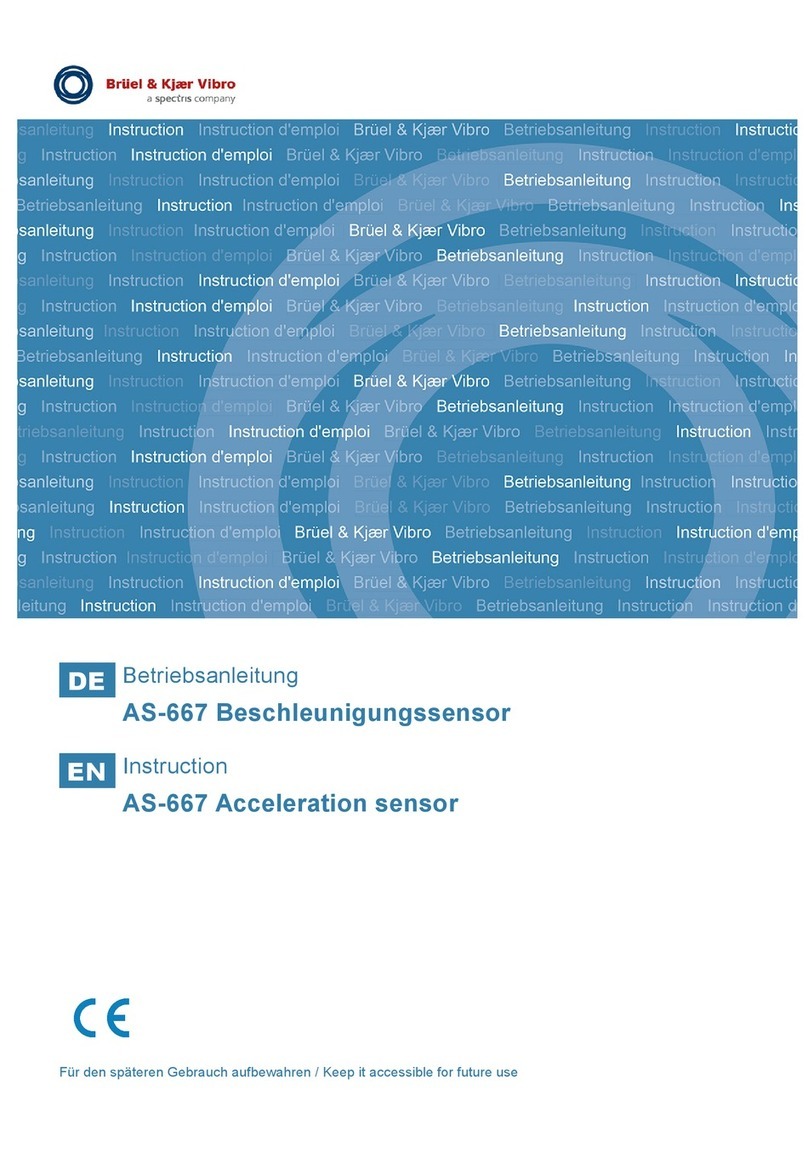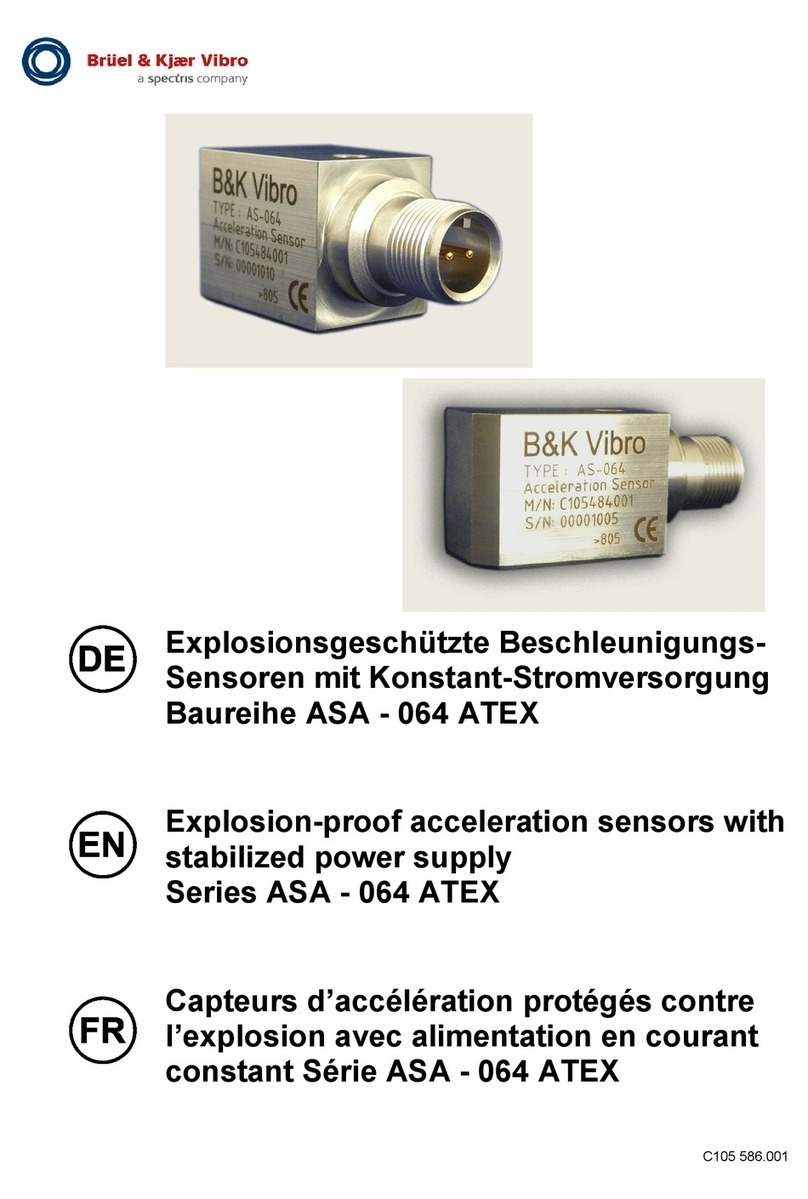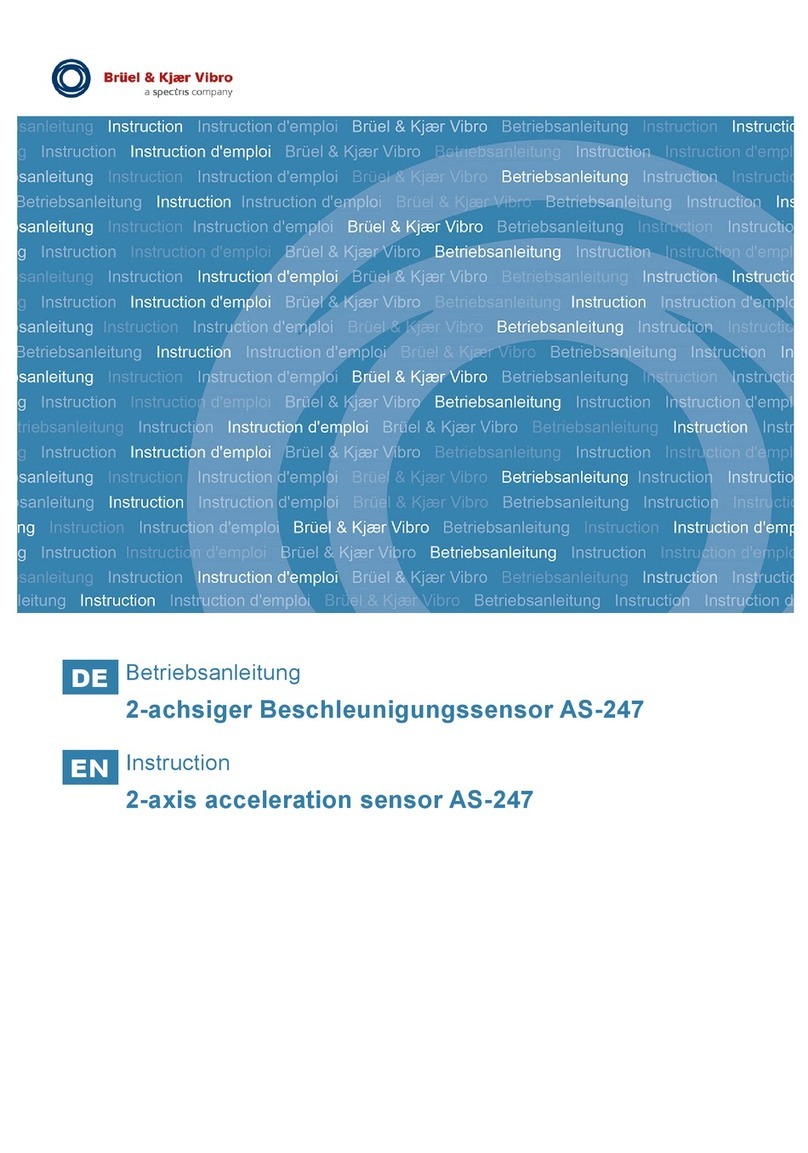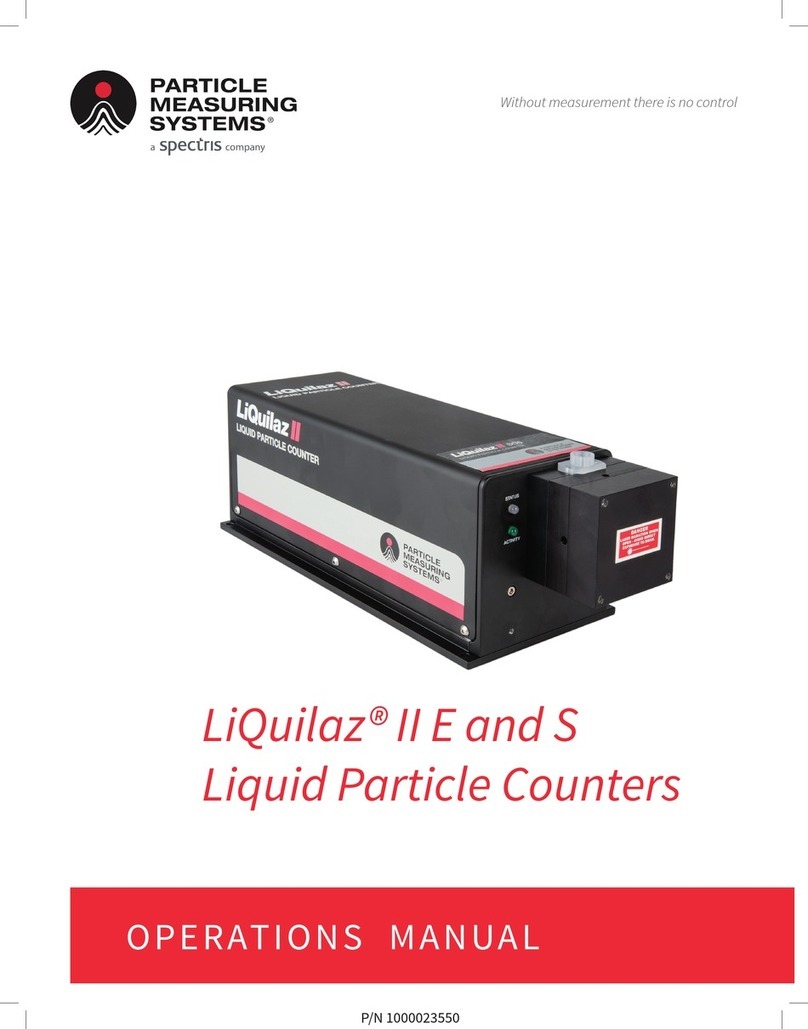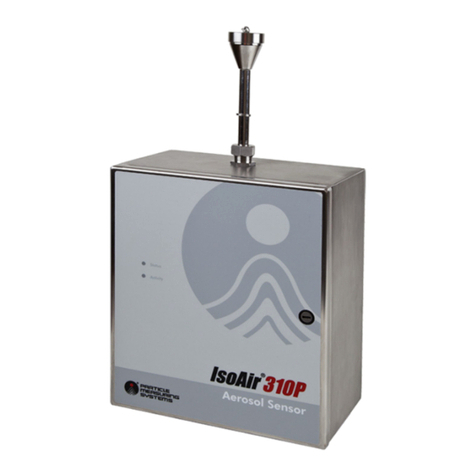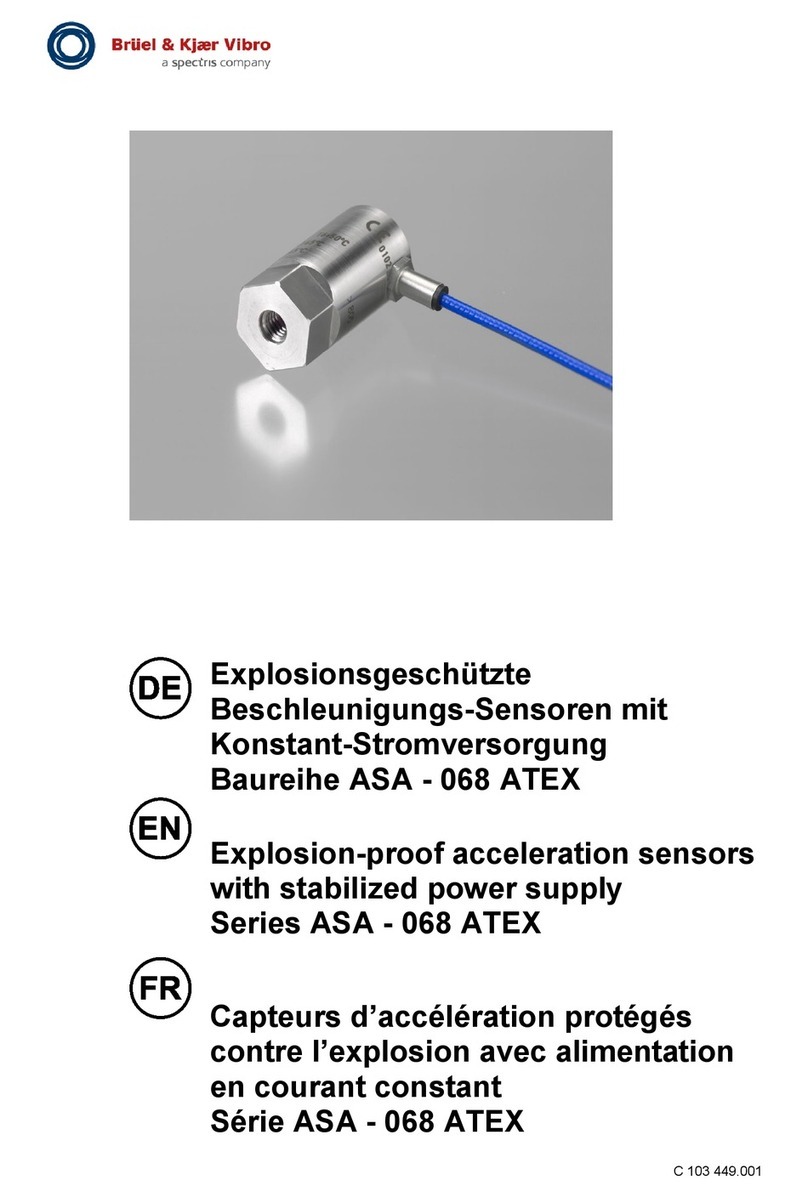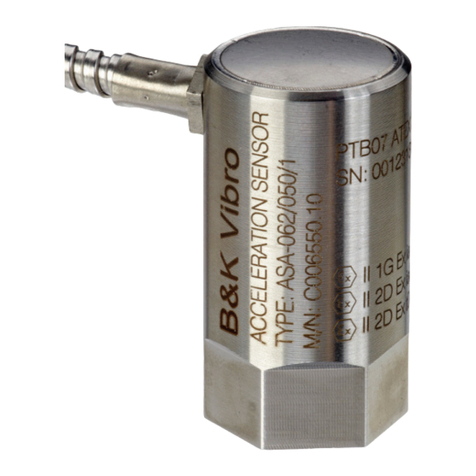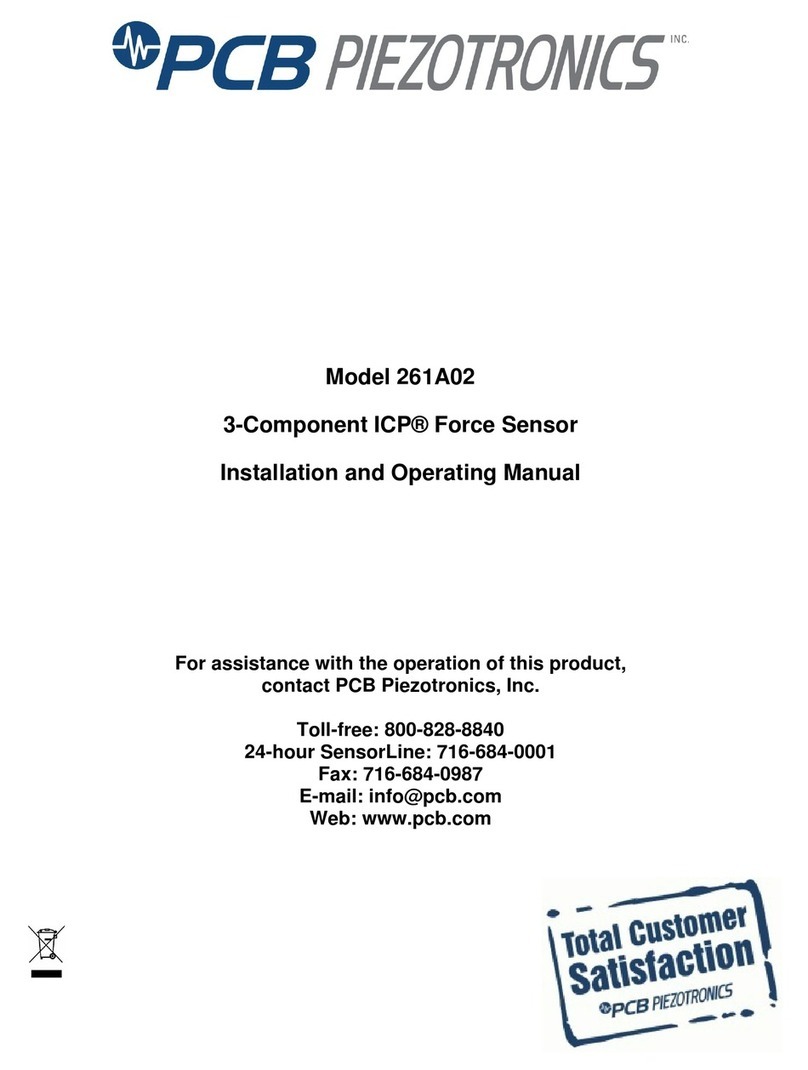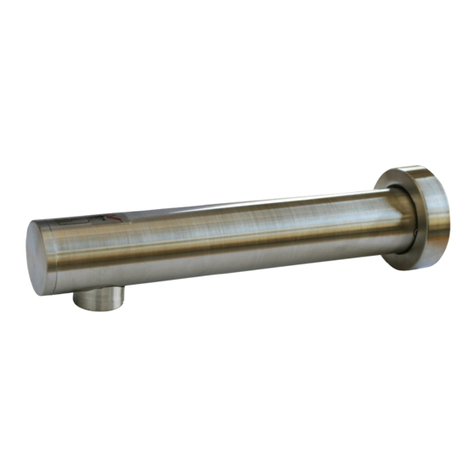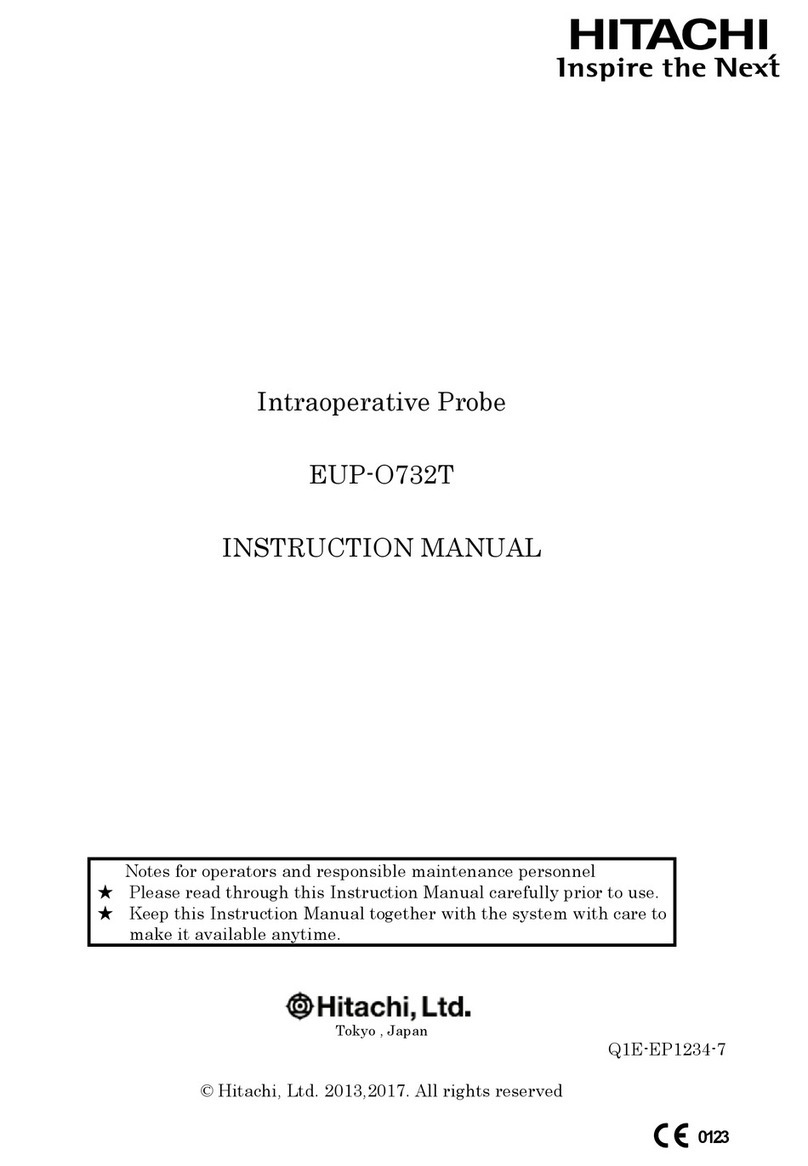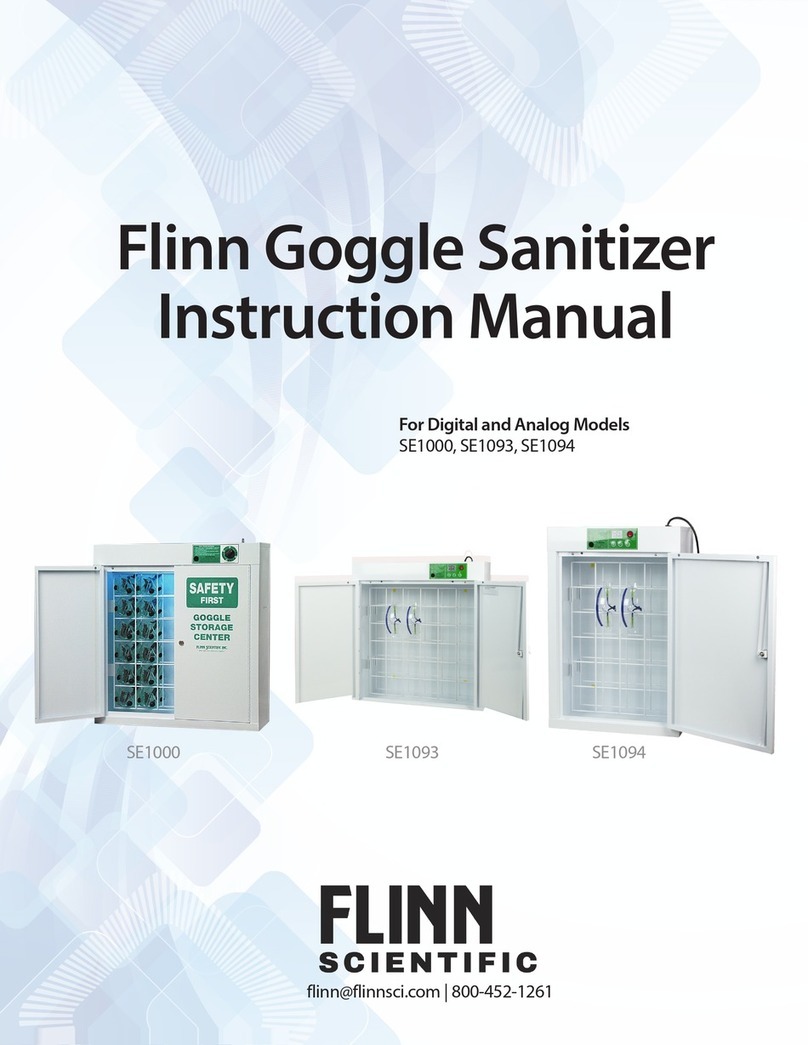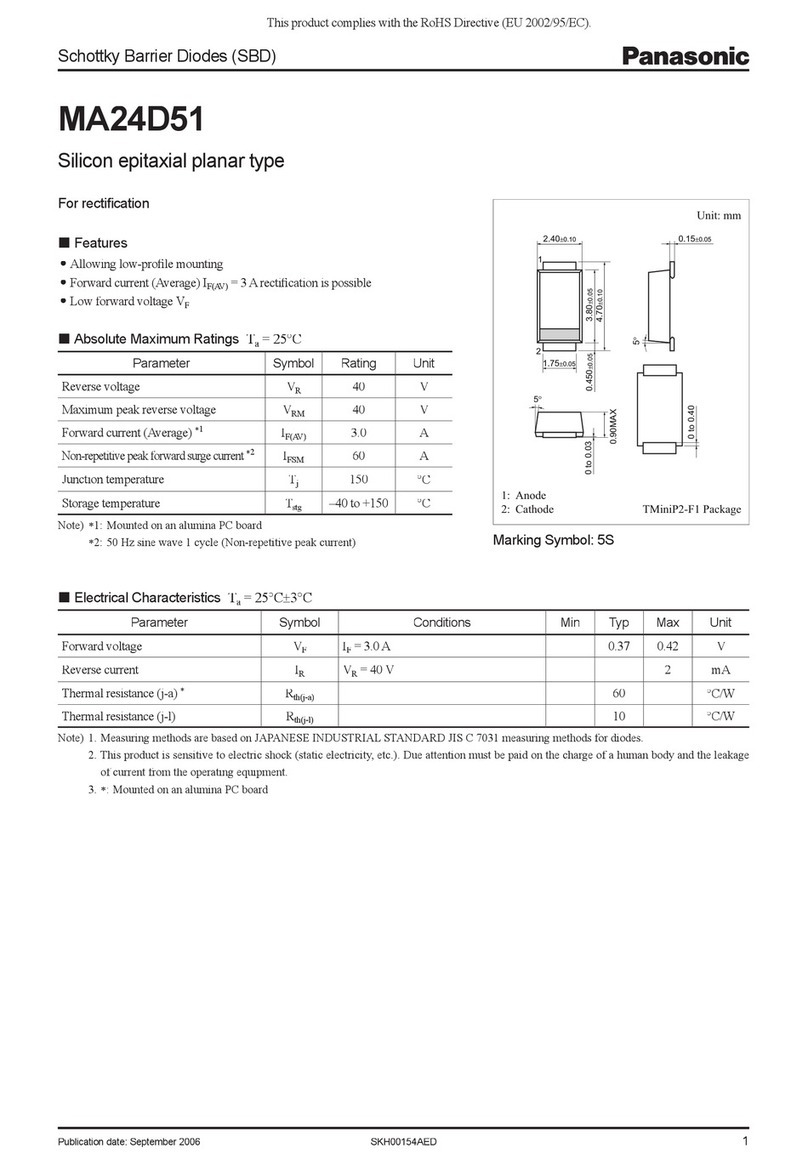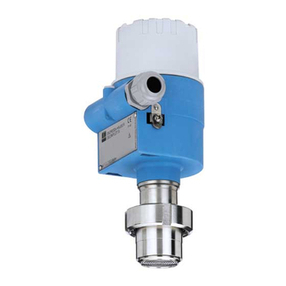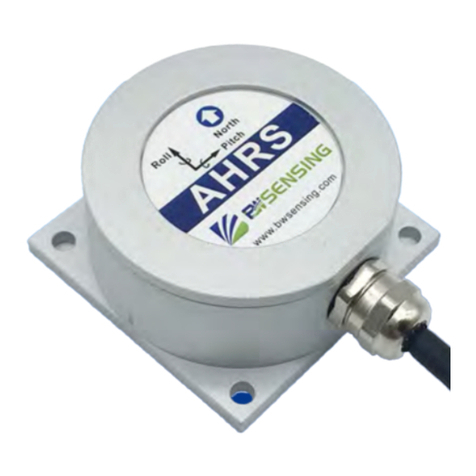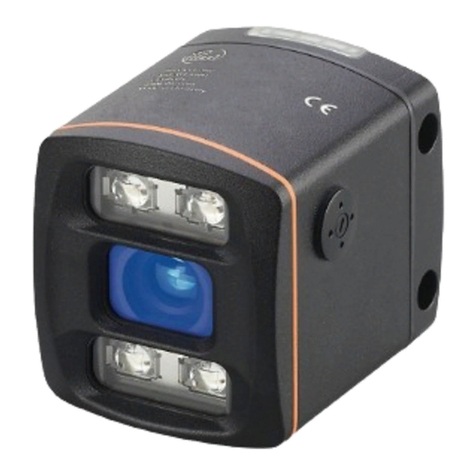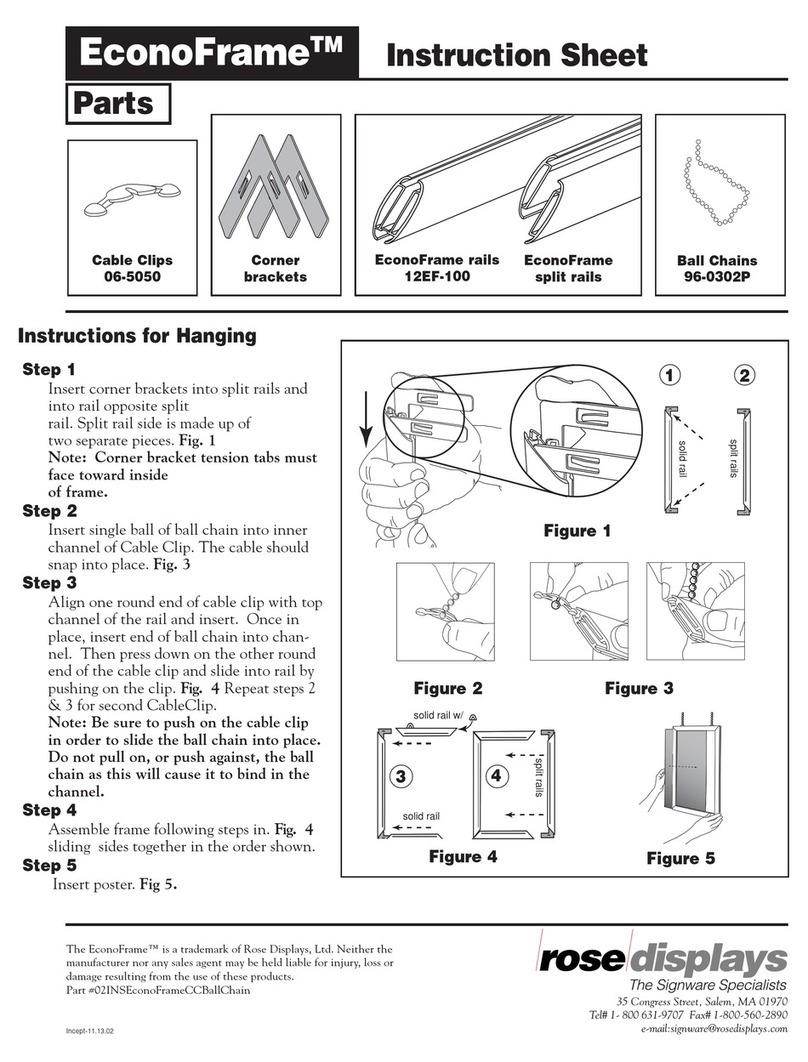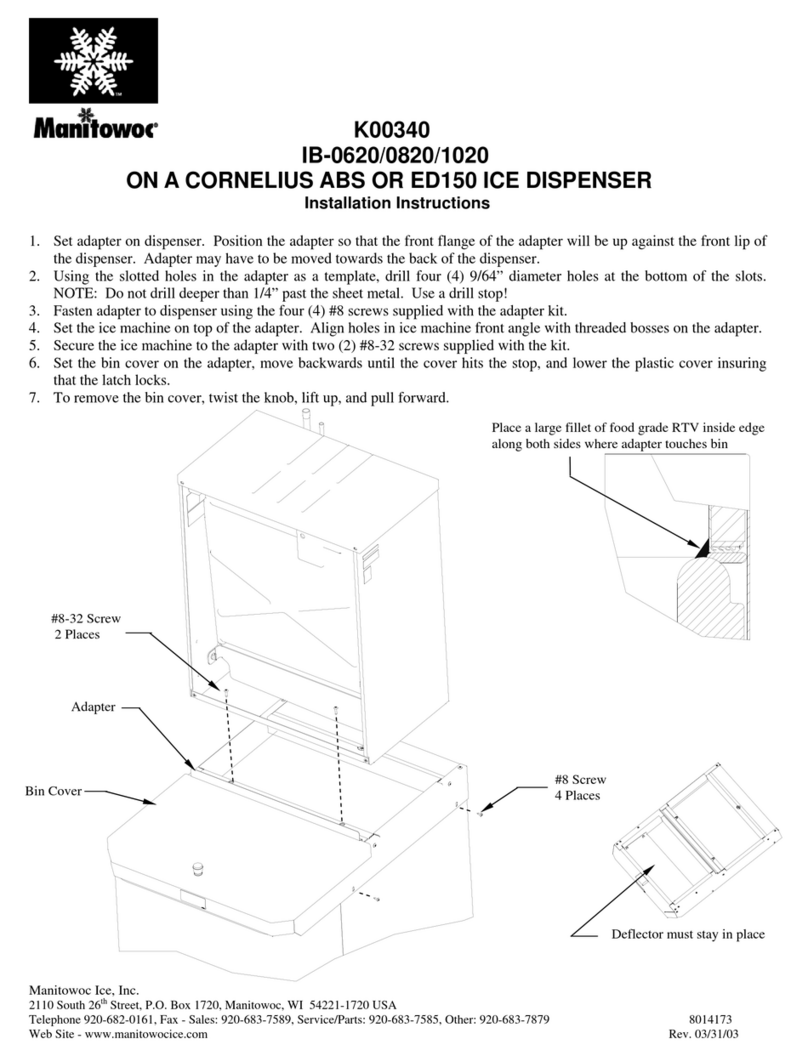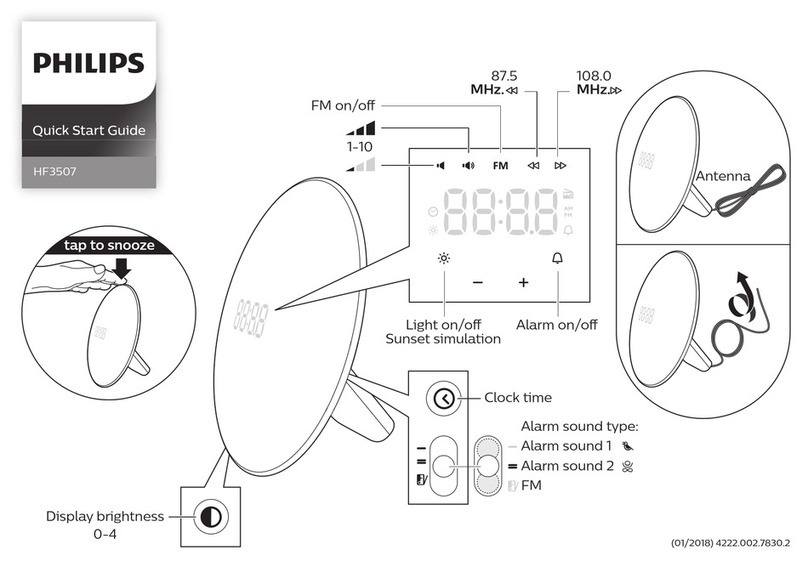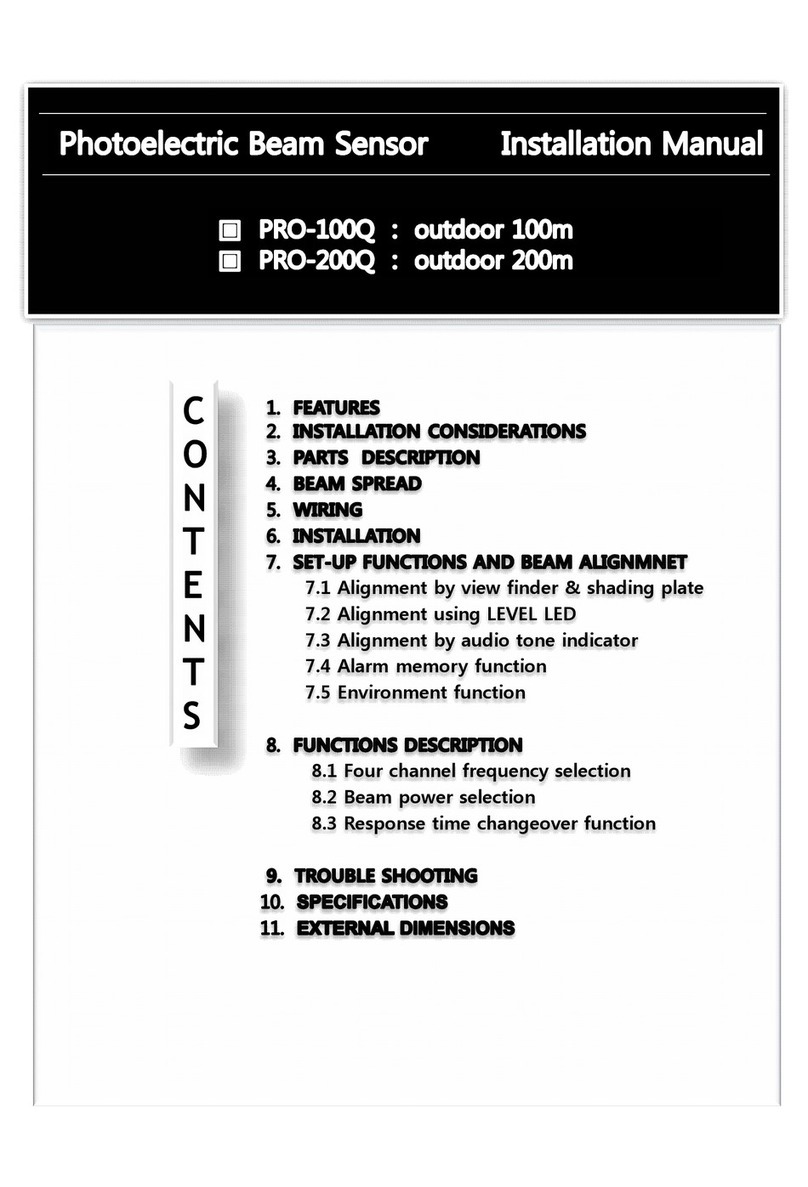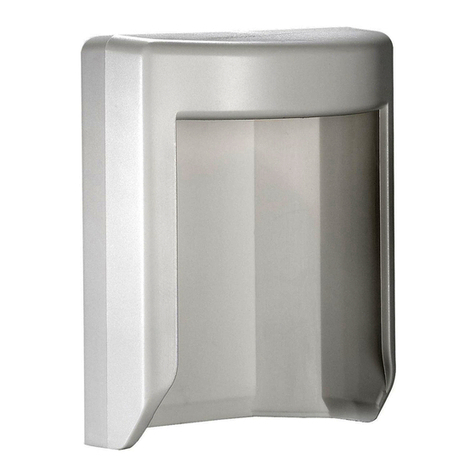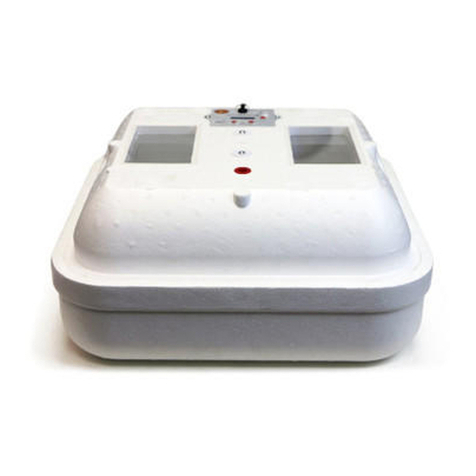
Table of Contents
Airnet® II 4-Channel Particle Sensors Operations Manual vi
Viewing Configuration Settings - - - - - - - - - - - - - - - - - - - - - - - - - - - - - 3-5
Connecting the Ethernet Cable - - - - - - - - - - - - - - - - - - - - - - - - - - - - - 3-6
Chapter 4: 4-20 mA Signal Configuration / Operation - - - - - - - - - - - - - - - - - - - - - - 4-1
Overview - - - - - - - - - - - - - - - - - - - - - - - - - - - - - - - - - - - - - - - - - - - - - - - - - 4-1
4-20 mA Outputs - - - - - - - - - - - - - - - - - - - - - - - - - - - - - - - - - - - - - - - - - - - 4-1
Configuring 4-20 mA Outputs - - - - - - - - - - - - - - - - - - - - - - - - - - - - - - - - - 4-2
Required Hardware and Software - - - - - - - - - - - - - - - - - - - - - - - - - - - 4-2
Establishing HyperTerminal Communications - - - - - - - - - - - - - - - - - 4-3
Viewing Configuration Settings - - - - - - - - - - - - - - - - - - - - - - - - - - - - - 4-3
Configuration Commands - - - - - - - - - - - - - - - - - - - - - - - - - - - - - - - - - 4-4
Adjusting the 4-20 mA Outputs - - - - - - - - - - - - - - - - - - - - - - - - - - - - - - - - 4-5
Connecting 4-20 mA Outputs to a SCADA Data Collection System - - - - - 4-6
Chapter 5: Maintenance and Performance Checks - - - - - - - - - - - - - - - - - - - - - - - - 5-1
Cleaning the Sensor’s Housing - - - - - - - - - - - - - - - - - - - - - - - - - - - - - - - - 5-1
Cable Connectors- - - - - - - - - - - - - - - - - - - - - - - - - - - - - - - - - - - - - - - - - - - 5-1
Performance Checks - - - - - - - - - - - - - - - - - - - - - - - - - - - - - - - - - - - - - - - - 5-1
Airflow Rate Check - - - - - - - - - - - - - - - - - - - - - - - - - - - - - - - - - - - - - - - 5-1
Background Count Check - - - - - - - - - - - - - - - - - - - - - - - - - - - - - - - - - - - - 5-2
Chapter 6: Troubleshooting - - - - - - - - - - - - - - - - - - - - - - - - - - - - - - - - - - - - - - - - - - 6-1
Troubleshooting Matrix - - - - - - - - - - - - - - - - - - - - - - - - - - - - - - - - - - - - - - 6-1
Airflow Rate Errors - - - - - - - - - - - - - - - - - - - - - - - - - - - - - - - - - - - - - - - - - - 6-2
Isolating and Repairing Leaks - - - - - - - - - - - - - - - - - - - - - - - - - - - - - - - - - 6-2
Particle-Induced Counts - - - - - - - - - - - - - - - - - - - - - - - - - - - - - - - - - - - - - 6-3
Transient-Induced Counts - - - - - - - - - - - - - - - - - - - - - - - - - - - - - - - - - - - - 6-3
Appendix A: TCP/IP Protocol: A Brief Overview - - - - - - - - - - - - - - - - - - - - - - - - - - - A-1
TCP/IP's Network Layer - - - - - - - - - - - - - - - - - - - - - - - - - - - - - - - - - - - - - - A-1
Ping - - - - - - - - - - - - - - - - - - - - - - - - - - - - - - - - - - - - - - - - - - - - - - - - - - - - - A-1
Appendix B: Modbus Protocol- - - - - - - - - - - - - - - - - - - - - - - - - - - - - - - - - - - - - - - - - B-1
Modbus Overview- - - - - - - - - - - - - - - - - - - - - - - - - - - - - - - - - - - - - - - - - - - B-1
Input Registers - - - - - - - - - - - - - - - - - - - - - - - - - - - - - - - - - - - - - - - - - - - - - B-2
Holding Registers- - - - - - - - - - - - - - - - - - - - - - - - - - - - - - - - - - - - - - - - - - - B-5
Coils - - - - - - - - - - - - - - - - - - - - - - - - - - - - - - - - - - - - - - - - - - - - - - - - - - - - - B-5
Data Packet Processing - - - - - - - - - - - - - - - - - - - - - - - - - - - - - - - - - - - - - - B-6
Associated Values for Specific Registry Entries - - - - - - - - - - - - - - - - - - - - B-7
Appendix C: International Precautions - - - - - - - - - - - - - - - - - - - - - - - - - - - - - - - - - C-1
WARNING - - - - - - - - - - - - - - - - - - - - - - - - - - - - - - - - - - - - - - - - - - - - - - - - - C-1
AVERTISSEMENT - - - - - - - - - - - - - - - - - - - - - - - - - - - - - - - - - - - - - - - - - - - C-1
WARNUNG - - - - - - - - - - - - - - - - - - - - - - - - - - - - - - - - - - - - - - - - - - - - - - - - C-1
ATTENZIONE - - - - - - - - - - - - - - - - - - - - - - - - - - - - - - - - - - - - - - - - - - - - - - C-1



















